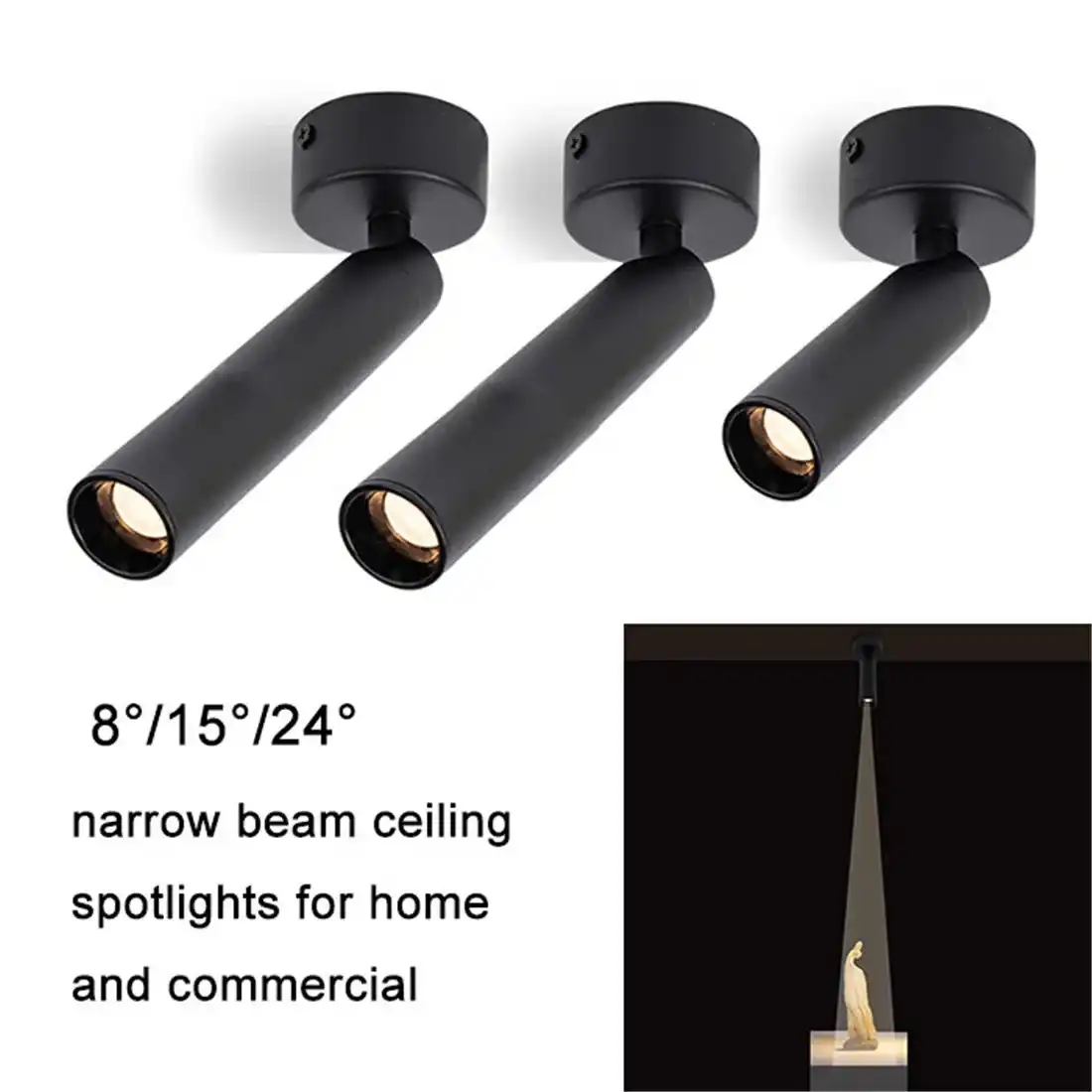The Brilliance of LED Downlights in Kitchen Design
Understanding LED Downlight Technology
LED downlights represent a quantum leap in lighting technology. These compact, powerful fixtures utilize Light Emitting Diodes (LEDs) to produce bright, focused illumination. Unlike traditional incandescent or fluorescent bulbs, LEDs convert a higher percentage of energy into light, resulting in superior efficiency and longevity. The average lifespan of an LED downlight ranges from 50,000 to 100,000 hours, significantly outperforming conventional lighting options.
One of the key advantages of LED downlights is their ability to produce a wide spectrum of color temperatures. From warm, cozy tones (2700K-3000K) that create an inviting atmosphere to cool, crisp hues (6000K-6500K) that enhance visibility for task-oriented areas, LED downlights offer unparalleled flexibility in kitchen lighting design. This versatility allows homeowners to customize their kitchen's ambiance to suit different times of day or specific activities.
Benefits of LED Downlights for Kitchen Spaces
The adoption of LED downlights in kitchen environments brings a multitude of benefits. First and foremost, these fixtures provide exceptional energy efficiency. LED downlights consume up to 85% less energy than traditional incandescent bulbs, translating to significant savings on electricity bills. This eco-friendly characteristic aligns perfectly with the growing trend of sustainable home design.
LED downlights also excel in terms of light quality and distribution. Their focused beam angle, typically around 24°, allows for precise illumination of specific areas without excessive light scatter. This characteristic is particularly beneficial in kitchens, where targeted lighting is essential for food preparation, cooking, and cleaning tasks. Moreover, high-quality LED downlights boast a Color Rendering Index (CRI) of over 90, ensuring that colors appear vibrant and true-to-life under their illumination.
From a design perspective, LED downlights offer a sleek, minimalist aesthetic that complements modern kitchen styles. Their compact size allows for seamless integration into various ceiling types, including dropped ceilings and soffits. The low-profile nature of these fixtures also maximizes headroom, contributing to a spacious feel in the kitchen.
Strategic Placement: Maximizing LED Downlight Efficiency
Mapping Your Kitchen's Lighting Needs
Effective LED downlight placement begins with a thorough analysis of your kitchen's layout and usage patterns. Start by identifying key work zones such as the countertop areas, sink, stove, and island. These high-activity spaces require focused, task-oriented lighting to ensure safety and efficiency during food preparation and cooking.
Next, consider ambient lighting needs. LED downlights can be strategically positioned to create an even wash of light across the entire kitchen, eliminating shadows and dark corners. This general illumination is crucial for navigation and overall visual comfort.
Don't overlook the importance of accent lighting. LED downlights can be used to highlight architectural features, display shelves, or artwork, adding depth and visual interest to your kitchen design. By creating a layered lighting scheme that incorporates task, ambient, and accent lighting, you can achieve a well-balanced and versatile kitchen environment.
Optimal Spacing and Positioning Techniques
The key to effective LED downlight placement lies in achieving uniform illumination without creating harsh shadows or glare. As a general rule, downlights should be spaced at a distance equal to half the ceiling height. For instance, if your kitchen ceiling is 8 feet high, aim to space your downlights approximately 4 feet apart.
When positioning downlights near cabinets or walls, maintain a distance of about 2 feet to prevent unwanted shadows. In task areas such as countertops, position the lights slightly in front of the work surface rather than directly overhead to minimize shadowing.
For kitchen islands, a popular approach is to install a row of LED downlights along the length of the island. This not only provides ample task lighting but also creates a visually appealing focal point. Remember to consider the beam angle of your chosen LED downlights when determining placement, as this will affect the spread of light and the number of fixtures needed for optimal coverage.
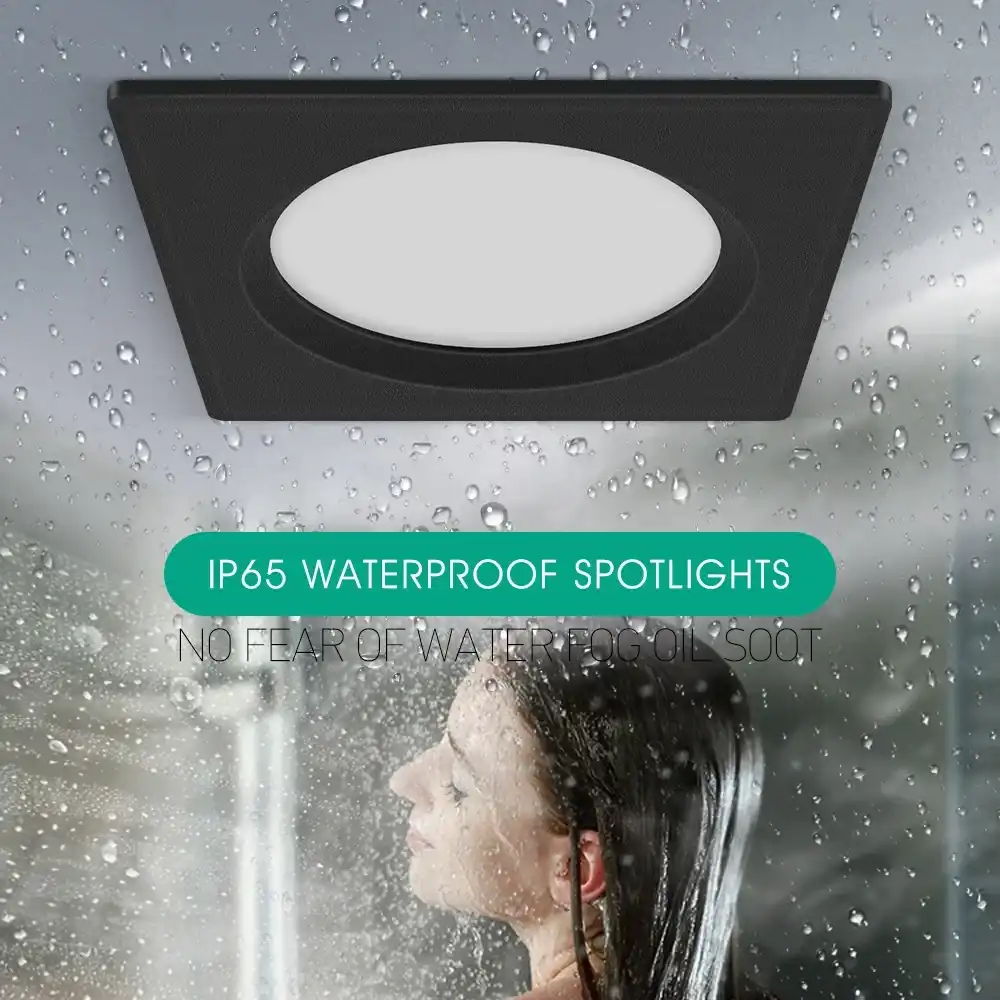
Customization and Control: Elevating Your Kitchen Lighting Experience
Exploring Dimming and Color Temperature Options
One of the most compelling features of modern LED downlights is their customization potential. Dimmable LED downlights offer the flexibility to adjust light intensity according to time of day, task at hand, or desired ambiance. This feature not only enhances the versatility of your kitchen lighting but also contributes to energy savings by allowing you to use only the amount of light needed.
Color temperature adjustability is another game-changing aspect of LED downlight technology. Advanced fixtures allow users to shift between warm and cool color temperatures, typically ranging from 2700K to 6500K. This capability enables you to create different moods in your kitchen space. Warm tones can create a cozy, intimate atmosphere for evening meals, while cooler temperatures can enhance alertness and productivity during meal preparation.
Some high-end LED downlight systems even offer tunable white light, allowing for seamless transitions across the entire color temperature spectrum. This feature can be particularly beneficial in kitchens with limited natural light, as it enables you to mimic the natural progression of daylight throughout the day, supporting your circadian rhythm and overall well-being.
Smart Integration for Ultimate Convenience
The integration of LED downlights with smart home systems represents the pinnacle of kitchen lighting control. Smart LED downlights can be controlled via smartphone apps, voice commands, or automated schedules, offering unprecedented convenience and customization.
Imagine walking into your kitchen and having your LED downlights automatically adjust to your preferred settings based on the time of day or your specific activity. Smart systems can also learn your habits over time, anticipating your lighting needs and making subtle adjustments to enhance your comfort and productivity.
Moreover, smart LED downlights can be synchronized with other smart home devices. For instance, they can be programmed to work in tandem with motion sensors, automatically illuminating specific areas as you move through the kitchen. Integration with smart speakers allows for voice-activated control, enabling hands-free operation when your hands are occupied with cooking tasks.
Some advanced systems even offer scene-setting capabilities, allowing you to create and save multiple lighting configurations for different occasions. Whether you're hosting a dinner party, engaging in late-night baking, or simply enjoying a quiet morning coffee, you can recall the perfect lighting scenario with a single tap or voice command.
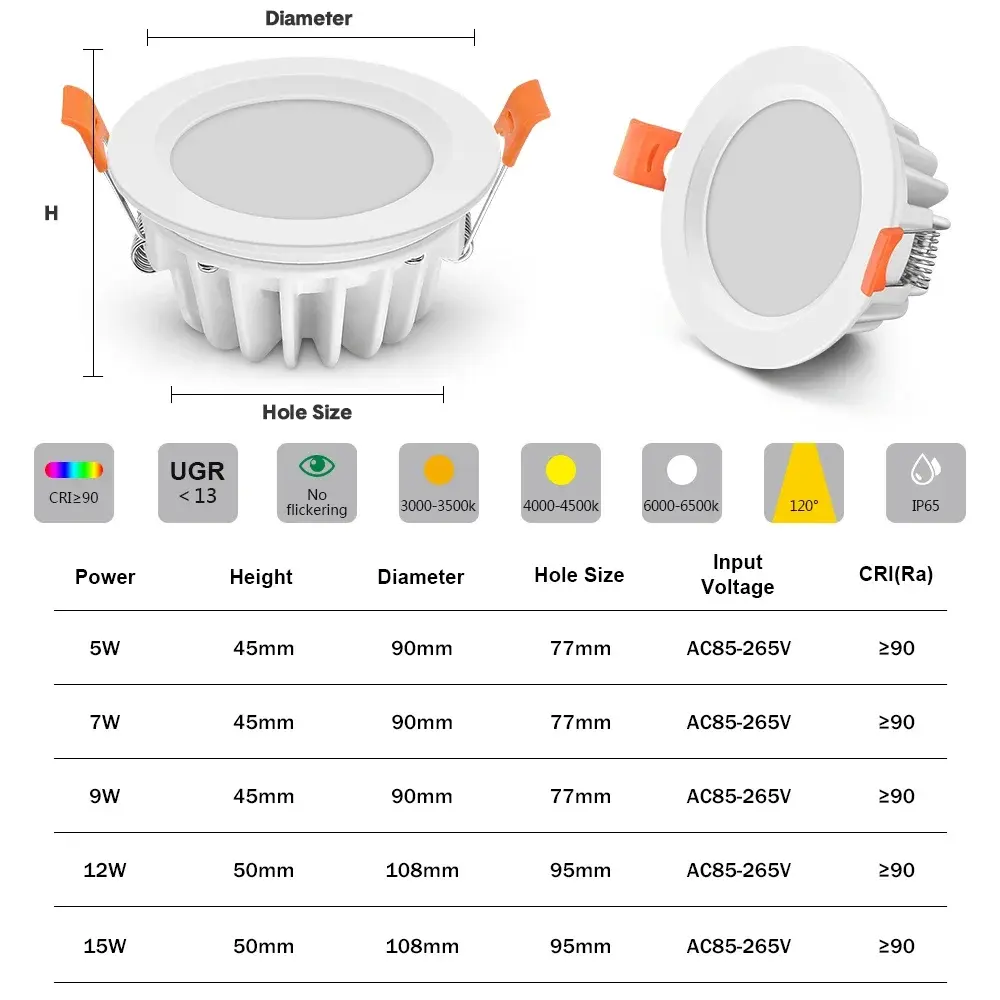
Conclusion
LED downlights have revolutionized kitchen lighting, offering a perfect blend of functionality, efficiency, and aesthetic appeal. By strategically incorporating these versatile fixtures into your kitchen design, you can create a space that is not only well-lit but also adaptable to your ever-changing needs. From enhancing task performance to setting the perfect mood for entertaining, LED downlights provide the flexibility and control needed to transform your kitchen into a truly personalized culinary haven.
As lighting technology continues to evolve, the potential for creating innovative and immersive kitchen environments grows exponentially. By embracing the power of LED downlights, you're not just upgrading your lighting; you're investing in a more efficient, comfortable, and enjoyable kitchen experience. Ready to illuminate your culinary space with cutting-edge LED technology? Explore our range of high-quality LED downlights and expert lighting solutions. For personalized advice and product information, contact our team at sales@uskyled.com.
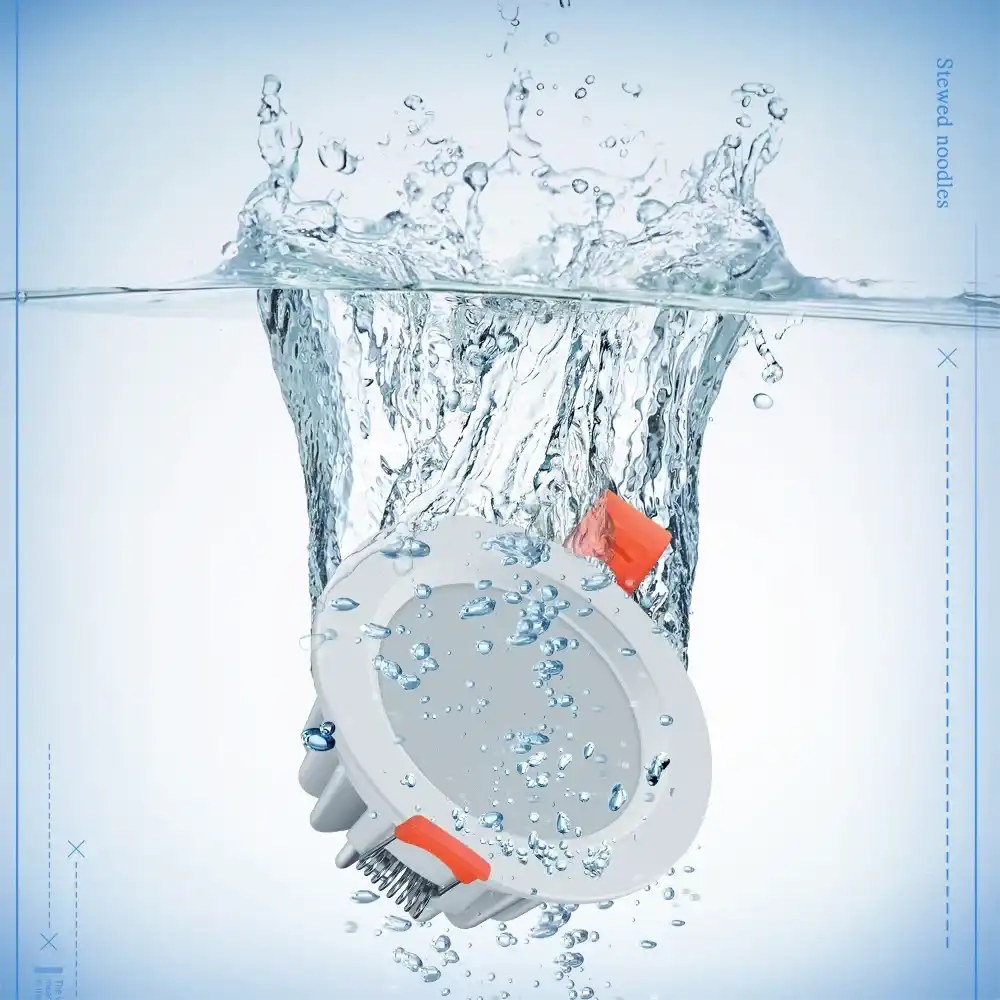

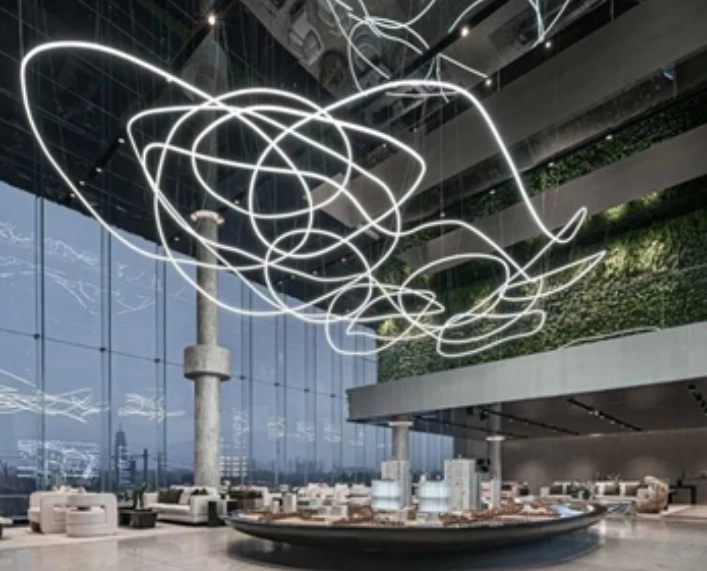
![What is Dimmable Track Lighting for Museum: Best Guide [2025]](/icms/upload/0d08cc601e7611f0b542b3ca0c0f4a83/pic/knowledgemanager-knowledgepic/e7879f32605f11f081911f363b8c1ed0/Directory/20250717 dimmable track lighting -1(1)_1752739217941.webp)
